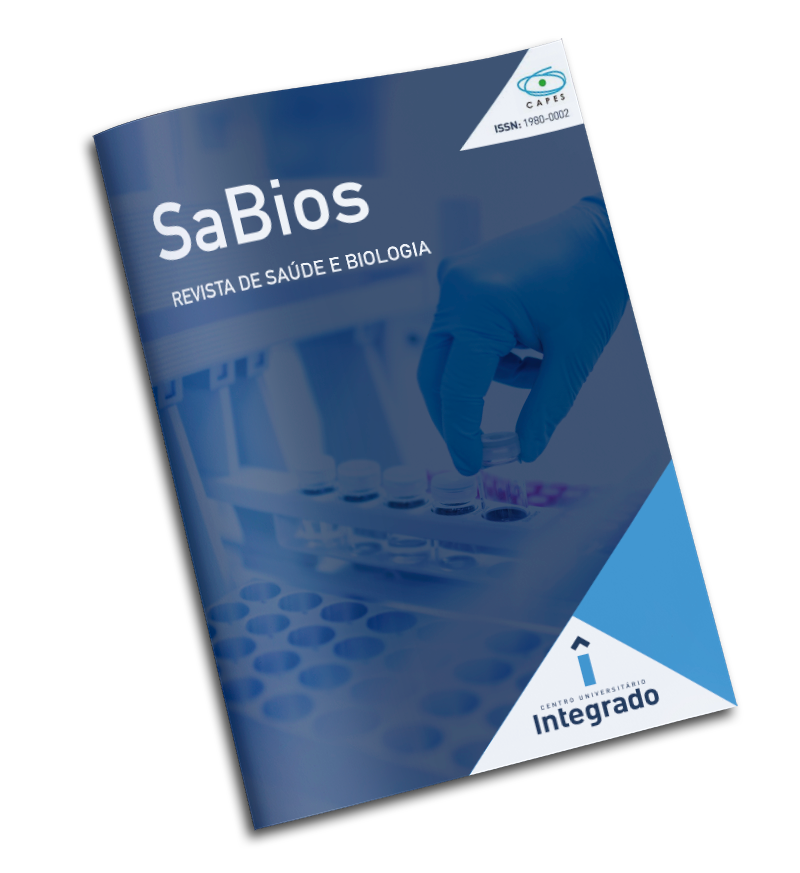Bioactivity of seeds and pericarp fractions of sugar apple Annona squamosa (Annonaceae) in Aspergillus nidulans
DOI:
https://doi.org/10.54372/sb.2021.v16.2917Keywords:
Compostos bioativos, Metabólitos secundários, Apoptose, Reparo no DNA, Planta medicinalAbstract
Plants are used in folk medicine and contain bioactive substances which are produced as secondary metabolites and may trigger pharmacological or toxicological effects on humans and animals. Annona squamosa, popularly known as sugar apple, is used to cure diseases; has a broad nutritional spectrum and is an excellent source of several bioactive substances, such as alkaloids, terpenes, tannins, phenolic compounds and acetogenins. Although its several biological activities have already been described, investigation on extracts and their isolates is required to verify the genotoxicity of fraction extracts obtained from seeds and pericarps of A. squamosa in germinating Aspergillus nidulans conidia by estimating dead and malformed conidia. Results indicated that the fraction ethyl acetate of pericarp caused pro-repair effects at low concentrations (2.5 and 25 μg.mL-1) and anti-apoptotic effects at a higher concentration (250 μg.mL-1). The methanol fraction of pericarp extract showed an apoptotic effect at low concentration and a genotoxic effect at a high concentration. The ethyl acetate seeds extract fraction also indicated the activation of apoptosis at all concentrations, whereas the methanol fraction revealed a pro-repair effect. The diversity of bioactivities of the plant´s fractions indicated classes of secondary metabolites which may be beneficial to human health. Therefore, current the study contributes towards the choice of fractions for further isolation and the chemical identification of medicinal potential metabolites.
Downloads
Published
How to Cite
Issue
Section
License
Copyright (c) 2021 SaBios-Revista de Saúde e Biologia

This work is licensed under a Creative Commons Attribution-NonCommercial 4.0 International License.
Direitos Autorais para artigos publicados nesta revista são cedidos pelo autor à SaBios-Revista de Saúde e Biologia, que está autorizada a publicá-lo em meio impresso, digital, ou outro existente, sem retribuição financeira para os autores. Em virtude da aparecerem nesta revista de acesso público, os artigos são de uso gratuito, com atribuições próprias, em aplicações educacionais e não-comerciais.
Copyright of articles published in this journal are transferred by the author to SaBios-Journal of Health and Biology, which is authorized to publish them in printed, digital or other existing way, without financial reward for authors. Considering that articles appear in this public accessed journal, they are free to be used in educational and non-commercial applications.





















